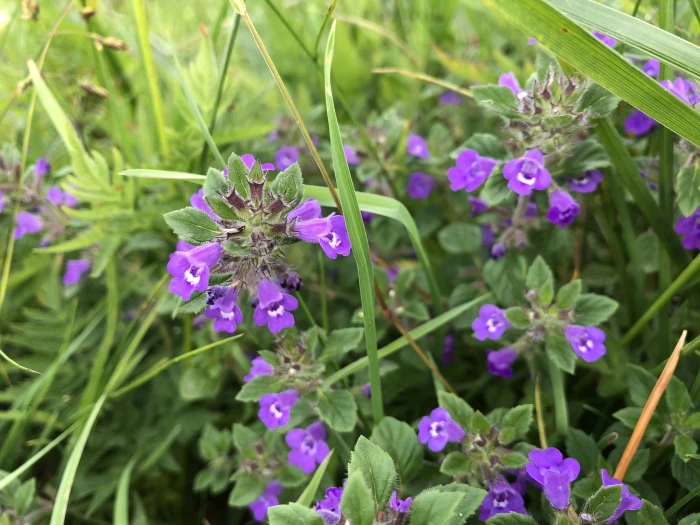Basil Thyme
(Clinopodium acinos)
Basil Thyme (Clinopodium acinos)
/
/

Jason Grant
CC BY 4.0
Image By:
Jason Grant
Recorded By:
Copyright:
CC BY 4.0
Copyright Notice:
Photo by: Jason Grant | License Type: CC BY 4.0 | License URL: http://creativecommons.org/licenses/by/4.0/ | Rights Holder: Jason Grant | Publisher: iNaturalist | Date Created: 2020-06-25T11:18:52-07:00 |
























Estimated Native Range
Climate Requirements for Beaverton, Oregon
| This Plant | Your Site | Plant Suitability for Your Location | ||
|---|---|---|---|---|
| • Precipitation | 4" - 137" | 42" | Aquatic | Aquatic |
| • High Temp. | 40°F - 94°F | 81°F | Your summer temperatures are normal for this plant. | Excellent |
| • Low Temp. | -11°F - 45°F | 34°F | Your winter temperatures are normal for this plant | Excellent |
This plant may not grow well at your location - your precipitation is too high.
Summary
Clinopodium acinos, commonly known as Basil Thyme or Spring Savory, is a perennial herb native to a variety of habitats across Europe and Asia, including grassy slopes, open woodlands, and rocky areas. It typically grows to a height of about 8 inches (20 centimeters) and spreads up to 12 inches (30 centimeters) wide. This plant has a bushy growth habit with small, oval leaves and produces clusters of lilac or purple flowers from late spring to early summer, which are attractive to pollinators. The flowers are small but can be quite showy when the plant is covered in bloom. The foliage has a faint thyme-like scent and is sometimes used in cooking as a thyme substitute.
Basil Thyme is valued for its aromatic foliage and its ability to attract beneficial insects to the garden. It is often used in rock gardens, as a ground cover, or in herb gardens for its culinary uses. This plant thrives in full sun and requires well-drained soil, tolerating a range of soil types from sandy to loamy. It is drought-tolerant once established, making it a low-maintenance choice for dry or gravelly sites. While not commonly found in cultivation, it can be a charming addition to a garden designed with wildlife in mind.CC BY-SA 4.0
Basil Thyme is valued for its aromatic foliage and its ability to attract beneficial insects to the garden. It is often used in rock gardens, as a ground cover, or in herb gardens for its culinary uses. This plant thrives in full sun and requires well-drained soil, tolerating a range of soil types from sandy to loamy. It is drought-tolerant once established, making it a low-maintenance choice for dry or gravelly sites. While not commonly found in cultivation, it can be a charming addition to a garden designed with wildlife in mind.CC BY-SA 4.0
Plant Description
- Plant Type: Herb
- Height: 0.5-1 feet
- Width: 1-2 feet
- Growth Rate: Moderate
- Flower Color: Pink, Purple
- Flowering Season: Spring, Summer
- Leaf Retention: Semi-deciduous
Growth Requirements
- Sun: Full Sun
- Water: Low
- Drainage: Fast
Common Uses
Bee Garden, Butterfly Garden, Fragrant, Groundcover, Low Maintenance, Rock Garden
Natural Habitat
Native to grassy slopes, open woodlands, and rocky areas across Europe and Asia
Other Names
Common Names: Alpine Calamint, Acinos, Basil Balm, Mother-Of-Thyme, Spring Savory
Scientific Names: Clinopodium acinos, Acinos acinos, Acinos acinos, Acinos acuminatus, Acinos arvensis, Acinos arvensis subsp. arvensis, Acinos arvensis subsp. eglandulosus, Acinos arvensis subsp. villosus, Acinos arvensis var. acuminatus
GBIF Accepted Name: Clinopodium acinos